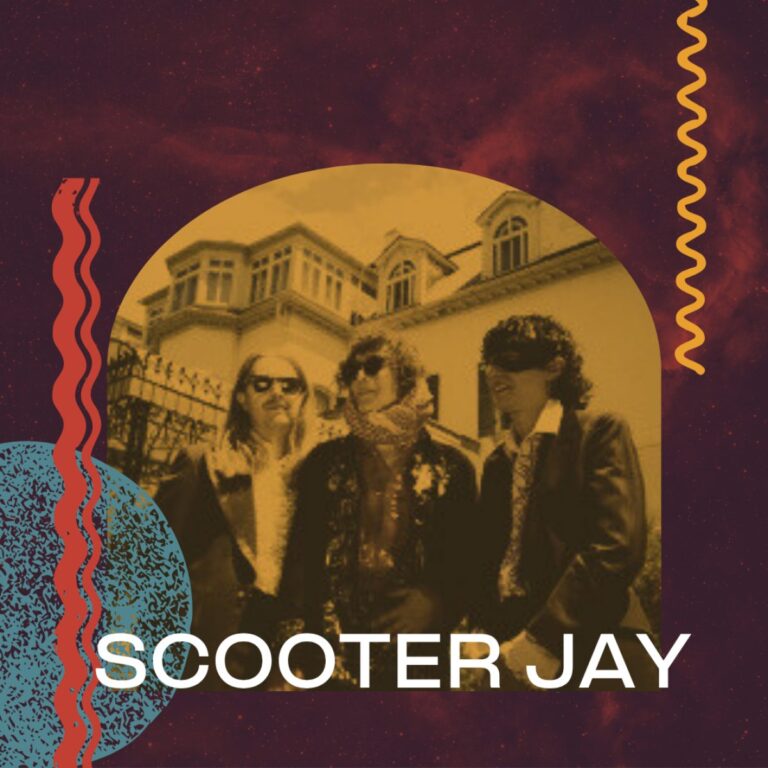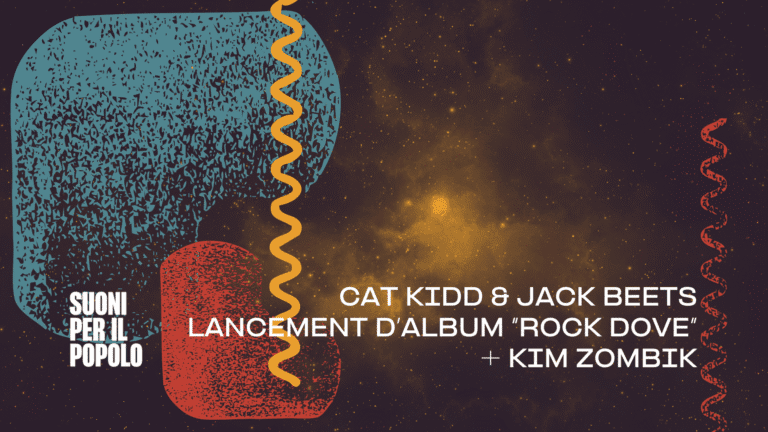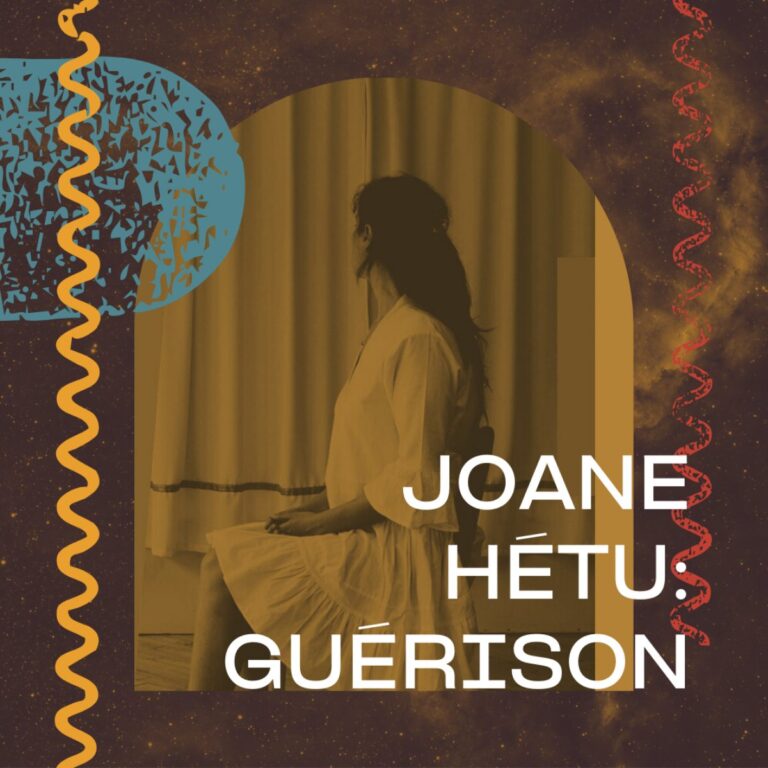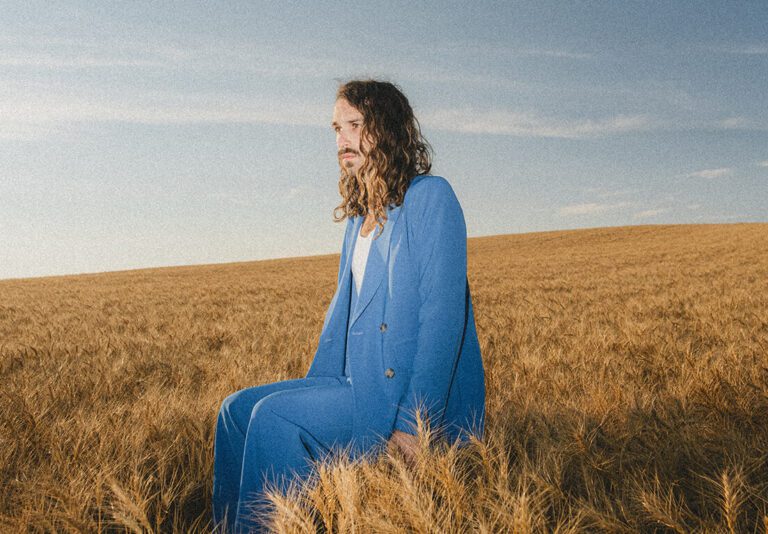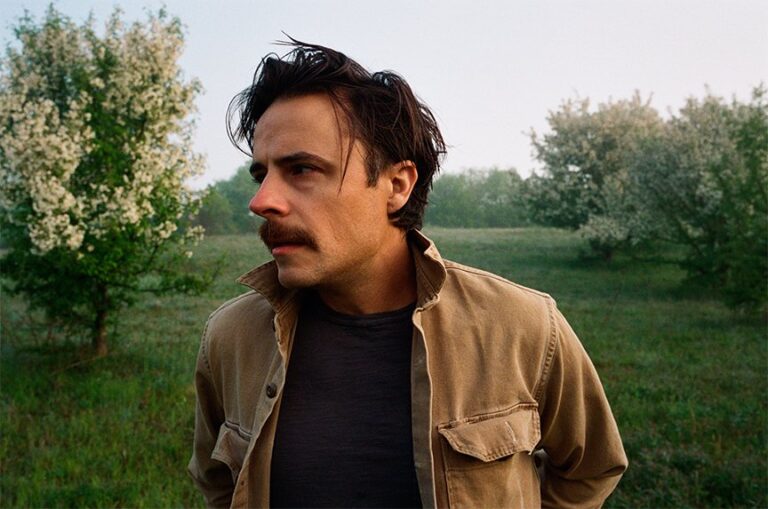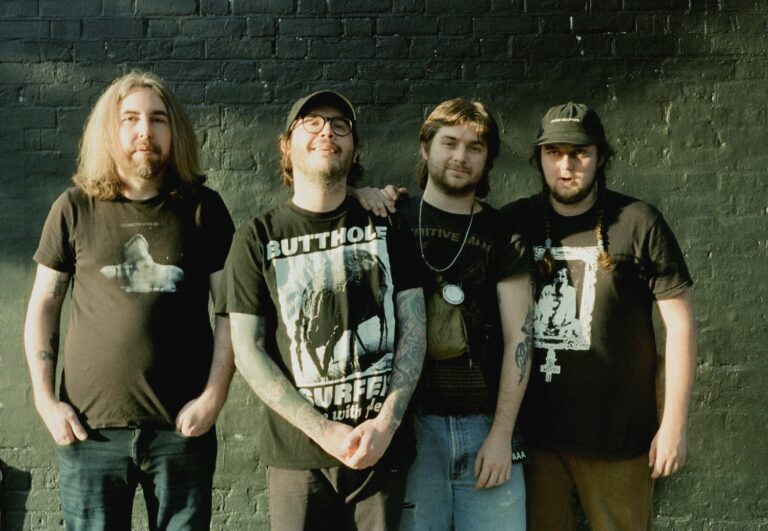Une course palpitante de destriers en délire (hennissements inclus) — incarnés par des duos d’humains en costumes de cheval faits à la main. Les équipes devront faire preuve de courage, d’agilité et d’un soupçon d’inconscience en se faufilant à l’aveuglette à travers un parcours d’obstacles digne des plus nobles poneys. L’objectif ? Atteindre la gloire suprême au sommet de notre prestigieux podium équin.
En galopant sauvagement et librement, ces montures d’exception vous montreront ce pour quoi elles ont été conçues : se battre becs et sabots pour des prix aussi réels que ridicules.
Mais… attendez un peu. Ce n’est pas tout !
En plus de nos broncos en folie, l’endurance continue avec trois performances musicales live, prêtes à hennir en harmonie pour enflammer la foule. Avec Scooter Jay (Toronto, ON), PSYCHIC ARMOUR (Montréal, QC) et Hélène Barbier (Montréal, QC), nos poneys galoperont au rythme des décibels, accompagnés de toutes leurs ami.e.s du mosh pit, en attendant leur tour de trotter vers la gloire.
Et contre toute attente, personne ne repartira bredouille ! Chaque cheval participant repartira avec un jeton souvenir, mais le grand prix vaut son pesant d’avoine : une sacoche débordante de trésors inimaginables, suffisamment alléchants pour faire frémir d’envie même le poney le plus blasé. Les récompenses seront attribuées selon le classement à la course, mais aussi pour le meilleur costume et le très convoité titre de Poney Parfait.e.
Alors, sellez vos montures, lustrez vos crinières et mettez votre meilleur sabot en avant pour vous préparer au Concours de Chevaux Pantomimes 2025 — un événement aussi sauvage qu’indomptable !
A thrilling race between steeds (neigh; 2 humans sporting hand-made horse costumes), where pairs must buck-up, blindly weaving and hurdling through a skill-testing obstacle course worthy of only the most prized ponies. The goal: to claim top honours atop our equine podium. Running wild and free, you’ll watch these ponies do what they were meant to do- compete for incredible material prizes.
But, hold your horses… that’s not all! Alongside our buckin’ broncos, the endurance continues with three live musical acts, ready to mount their instruments and whinny in tune for the crowd to admire. With Scooter Jay (Toronto, ON), PSYCHIC ARMOUR (Montreal, QC), and Hélène Barbier, our ponies will be galloping in time alongside all you mosh-pit mares as they await their time to trot.
We’ll bet that against all odds, no one will leave a loser! Every participating horse will be honoured with a token, but the grand prize is one you won’t want to miss- a saddlebag packed to the brim with unimaginable prizes that will make even the most reserved pony prick their ears. Ponies will be eligible to win based on how they place in the race as well as a best dressed and a perfect pony awards. So saddle up, brush your manes, and put your best hoof forward in preparation for the wild and unbridled 2025 Pantomime Horse Competition!!
CE SPECTACLE EST GRATUIT!
Ce contenu provient de Suoni per il Popolo et est adapté par PAN M 360
